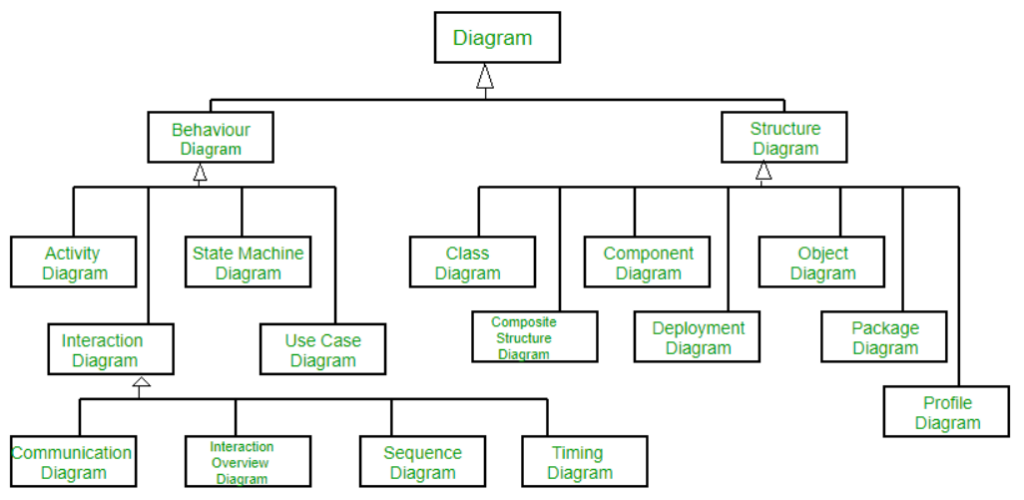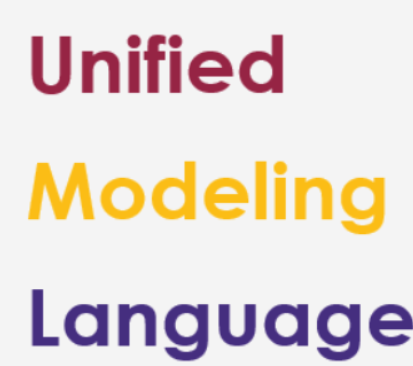
Unified Modeling Language (UML) is a standardized modeling language used in system and software development. It is an integrated set of diagrams aimed at specifying, visualizing, constructing, and documenting software and non-software system artifacts. UML has been widely accepted for its collection of best engineering practices that have successfully modeled complex systems.
UML primarily uses graphical notations to express the design of software projects, which helps project teams communicate, explore potential designs, and validate the architectural designs of the software. The goal of UML is to provide a standard notation that can be used by all object-oriented methods and to select and integrate the best elements of precursor notations.
UML is designed for a broad range of applications and provides constructs for different systems and activities such as distributed systems analysis, system design, and deployment. UML represents a collection of best engineering practices that have proven successful in the modeling of large and complex systems.
UML defines a set of diagrams to represent different aspects of software systems. It helps to visualize processes, user interactions, and the static structure of the system. UML diagrams can be classified as Structural Diagrams and Behavior Diagrams.
Structural Diagrams capture the static aspects or structure of a system and include Component Diagrams, Object Diagrams, Class Diagrams, and Deployment Diagrams. Behavior Diagrams, on the other hand, capture the dynamic aspects or behavior of the system and include Use Case Diagrams, State Diagrams, Activity Diagrams, and Interaction Diagrams.
UML is widely used for modularizing and organizing large systems into understandable components, making it easier to build the system piece by piece. It helps to divide the system into packages, making it easy to understand.
UML has been influenced by other object-oriented notations, such as OMT, Booch, and OOSE, and includes new concepts that were not present in other major methods at that time, such as extension mechanisms and a constraint language. UML is independent of particular programming languages and development processes.
The primary goals of UML are to provide users with a ready-to-use expressive visual modeling language, provide extensibility and specialization mechanisms to extend the core concepts, encourage the growth of the OO tools market, and support higher-level development concepts such as collaborations, frameworks, patterns, and components.
To learn UML easily and quickly, one can use Visual Paradigm Community Edition, which is a free UML software that supports all UML diagram types. [1][2]




